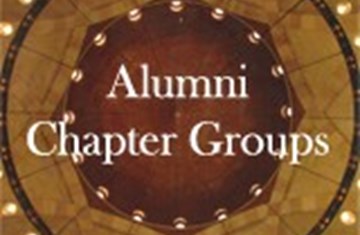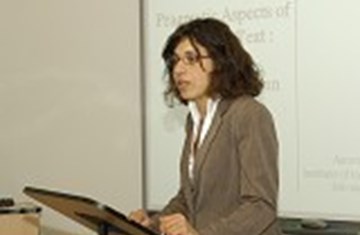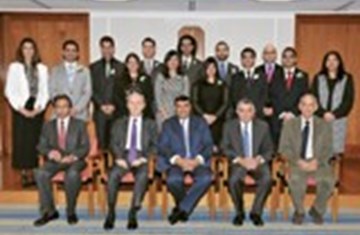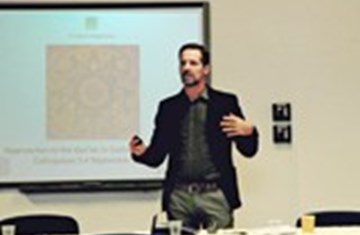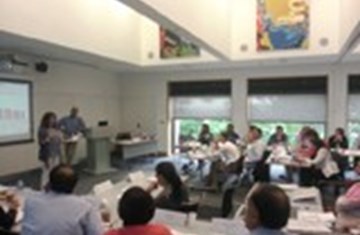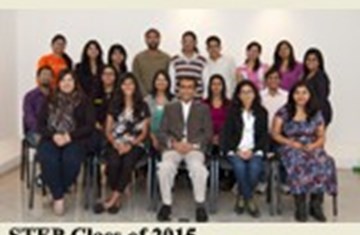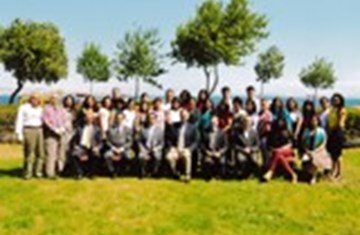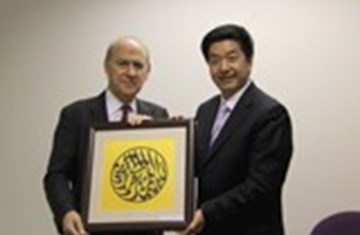25th Anniversary Colloquium Explores the Interface between the Qur’an and the Arts
The colloquium was launched with an evening reception and plenary lecture by Gulru Necipoglu, Aga Khan Professor of Islamic Art and Architecture at Harvard University. The formal preceedings, beginning with an address by His Highness the Aga Khan on October 19, was followed by the Opening Lecture by renowned Art Historian, Oleg Grabar.
The conference’s eight panels, held over two-and-a-half days, addressed subject areas ranging from Qur’anic calligraphy and illumination to coinage, textiles, woodwork and contemporary arts. The diversity of the conference was enhanced by both the speakers and their topics, which covered a wide geographical distribution from east to west. The areas of the globe represented included West and North Africa, Turkey, Egypt and other Arabic speaking lands, the Subcontinent, Southeast and Central Asia, the Persian world, North America and Europe.
Several key themes emerged from the various papers and discussions. First, the encounter between the Qur’anic discourse and local cultures and traditions with which it interacted, produced a myriad of indigenous expressions, each with its own history, context and meaning. The creative imagination of the artisans allowed the ‘text’ to transcend the written page onto a variety of materials and surfaces reflecting the interpretations and cultural nuances of time and place.
Second, many of the papers implicitly addressed the notion of ‘intertextuality’ or the Qur’an’s ability to produce a number of literary and artistic associations within and outside of its own content. In other words, the viewer of an artefact or building with a Qur’anic inscription is potentially responding to it through multiple layers of meaning. At first, there may be an instantaneous recognition of the passage. This may prompt recollections of narratives such as the story of the Seven Sleepers (ashab al-kahf), theological concepts such as the nature of God through His Beautiful Names (al-asma’ al-husna), eschatological concepts such as paradise, or evoke the potency of specific passages as formulae when repeated at a given time or place.
Finally, the ability of the Word to sanctify, beautify, politicise or bestow talismanic properties to created objects, highlights the multiple interpretations and uses of the Qur’an in informing particular Muslim worldviews, practices and beliefs.
Selected proceedings of the colloquium are expected to be published by The Institute of Ismaili Studies.

